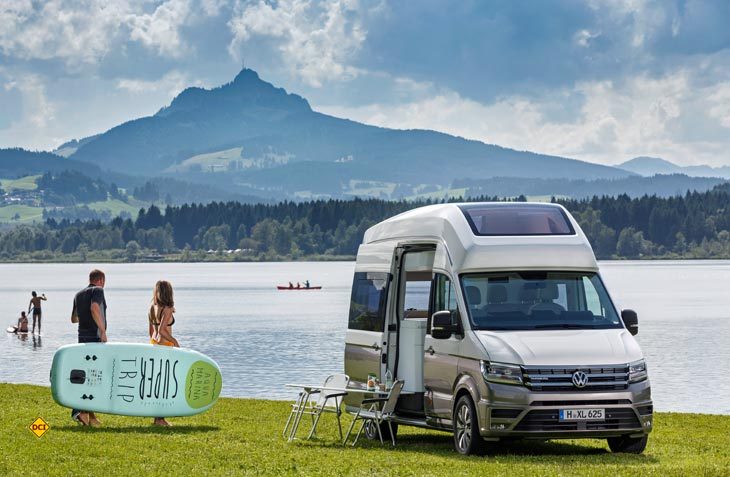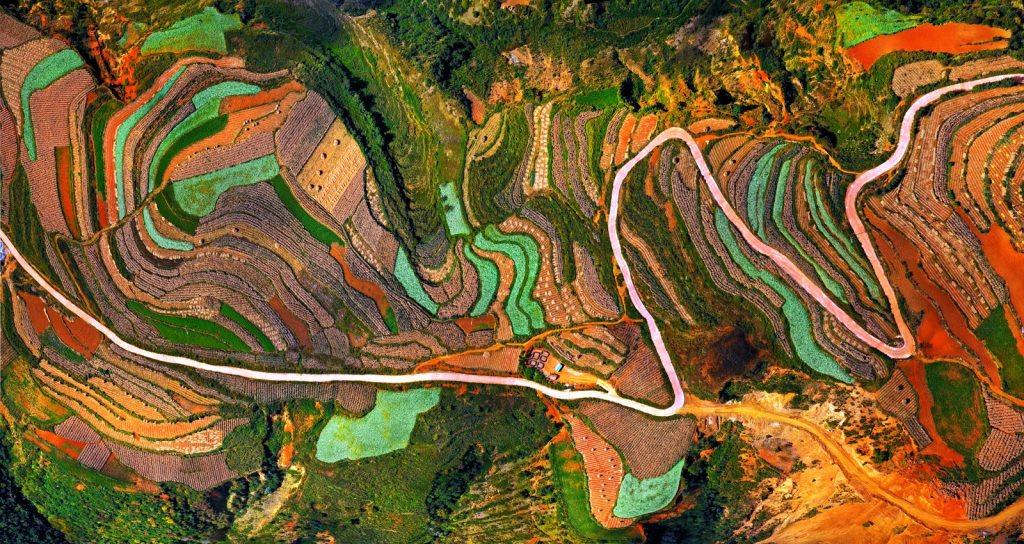You don’t have to go far back in history to find a time where photography was restricted to complex devices or low-capacity, single use cameras. Today, the smartphone makes photography so easy that in early February, an Irish minister called for ‘selfie seats’ to be installed at scenic spots. Photography is an indelible part of nearly every tourist’s trip today, but there are signs that perhaps the practice has reached its peak and we’re set to go backwards.
Moving towards ‘real’ photos
Part of the attraction of taking snaps from a favoured trip is the chance to have something to remember it by. The attraction of smartphones – where thousands of photos can be snapped and retained – goes in direct contrast to this. However, there is evidence to suggest that people are going back a little towards quality, not quantity. Companies, particularly small businesses, are putting effort into producing thoughtful photo collage services. This is of direct benefit to holidaymakers. Science has suggested that photography causes you to lose the memory of what it is depicted more readily. Taking time to drink in an experience and later get fewer but more meaningful photos, could be key to enjoying the memories of a trip more easily.
Thought being given to environmentalism
Many tourist photographs follow common trends that are in vogue. The direct result is that environments are being harmed. Take, for example, the Scotland stock-stacking craze. According to UK mag, Country Living, conservationists have found that practices like these both harm the environment and ruin the experience for the next visitor. As environmentalism takes hold and more and more people try to live their lives in a sustainable manner, we will begin to see fewer photos being taken in this manner and, perhaps, an improvement and change in photography behaviour.
The start of no photo taking?
Ultimately, the biggest change to the free and easy photo-taking culture may be from rule changes. A swathe of tourist attractions the world over have already started to ban photographs – India’s famous Golden Temple in Amritsar recently banned photographs after growing tired of tourists paying no reverence to its halls. Elsewhere, the UK’s Independent report that St Moritz in Switzerland has banned all tourist photography on the basis that, in their own words, the area is ‘too beautiful’. Tourist hotspots the world over are clearly becoming tired of the impact of every last tourist taking part in over-the-top photography, and are taking perhaps over-the-top reactions. As more photographers move away from quantity on their smartphones and back towards small amounts of quality photos, it may be that these areas open up for pictures once again.
Photography is at the beck and call of every tourist these days. However, science shows that people should perhaps not be so eager to snap every single moment of their holiday. On your next trip, consider going for smaller amounts of quality photos, and doing it in a respectful way.






